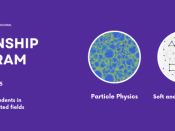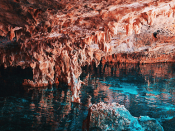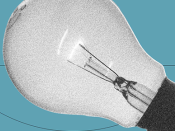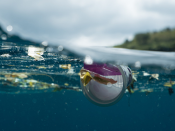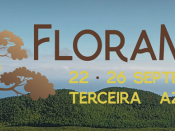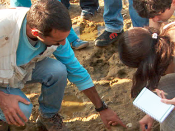Por Diego Castanera (Institut Català de Paleontologia Miquel Crusafont, Catalunya).
The Jurassic–Cretaceous interval is characterized by a significant biotic change in the vertebrate assemblages. One way to analyze this faunal turnover is by comparing the footprint record. The Iberian Peninsula is one of the best areas to accomplish this purpose since the Kimmeridgian-Berriasian track record is quite abundant and diverse. Several basins (Asturian, Lusitanian, Maestrazgo, South Iberian, and Cameros basins) have yielded a large amount of data. Dinosaur tracks are the most abundant with theropod, ornithopod, sauropod, and stegosaur tracks identified through the whole interval. Pterosaur, crocodylomorph and turtle tracks complete this outstanding record. The ichnodiversity across the J-C interval looks quite similar across the boundary, with the main morphotyes also present in the base of the Cretaceous (Berriasian) although some changes (ichnospecific variations?) can be distinguished.
Transmissão em direto via Zoom (password: 2021_RG234).








